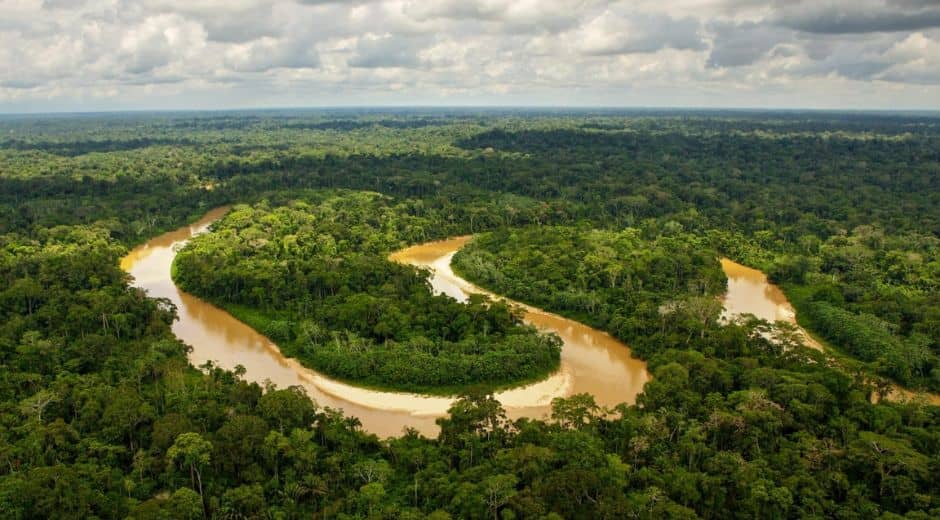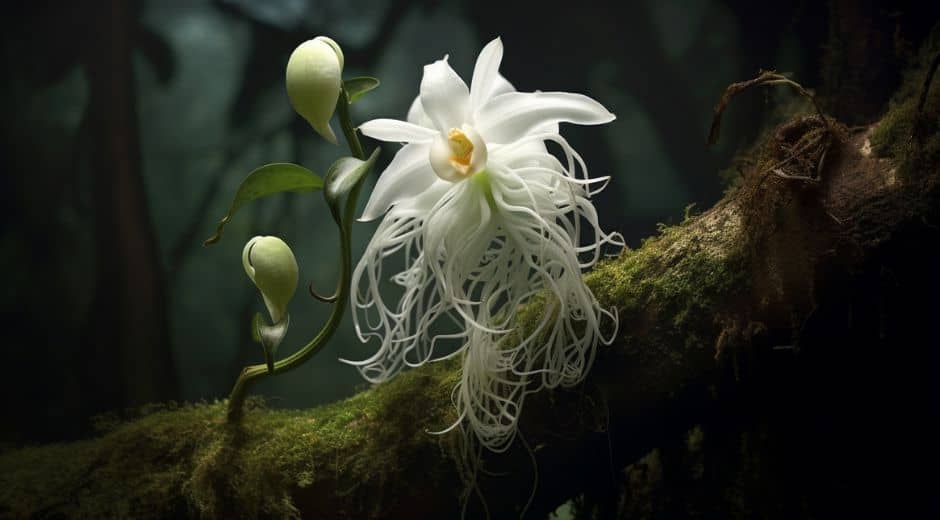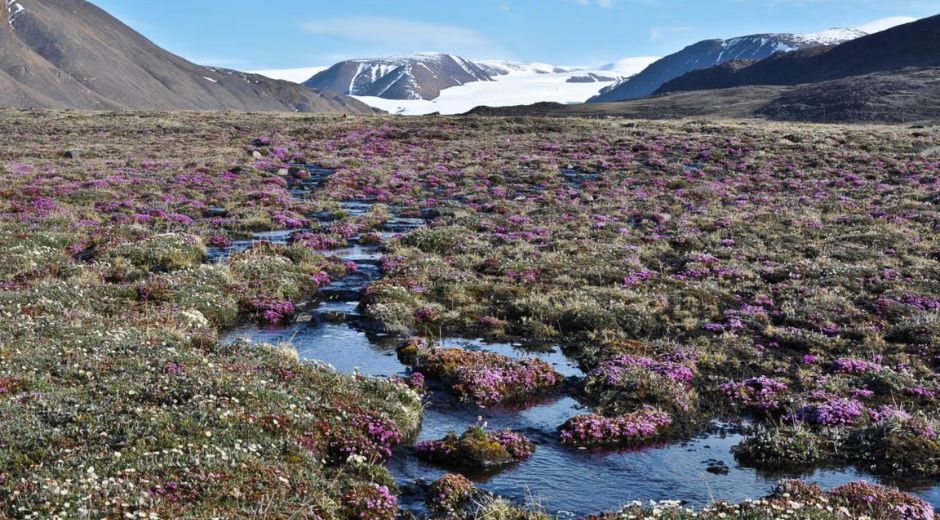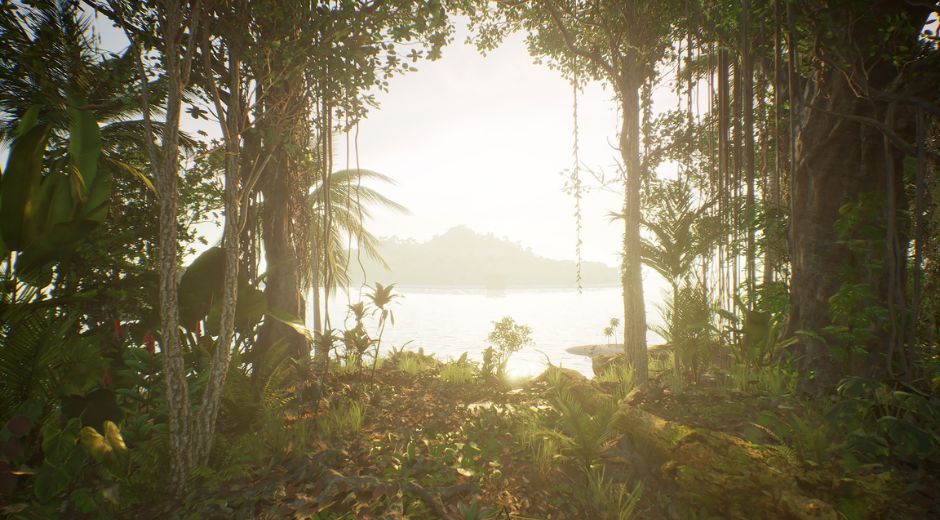Amazon Forest: 7 Astonishing Secrets of Nature
Amazon Forest: 7 Astonishing Secrets of Nature
The Amazon Forest is a marvel of the natural world, often called the “lungs of the Earth” for its immense contribution to global oxygen production. Stretching across nine South American countries, this vast tropical rainforest covers over 5.5 million square kilometers and houses an unparalleled diversity of plant and animal life. Its lush canopy and vibrant undergrowth have fascinated scientists, explorers, and nature lovers for centuries.
1. Unmatched Biodiversity
One of the most remarkable features of the Amazon Forest is its biodiversity. Over 40,000 plant species thrive here, from towering kapok trees to delicate orchids clinging to branches high in the canopy. This diversity supports countless species of insects, birds, mammals, and amphibians, forming a complex ecological web. Each layer of the forest—from the forest floor to the emergent trees—plays a vital role in maintaining this delicate balance.
2. Trees That Live for Centuries
The Amazon Forest is home to trees that can survive for centuries, such as the Brazil nut tree and various hardwood species. These ancient giants provide not only oxygen and shelter but also food and habitat for animals. Their longevity reminds us of the forest’s resilience and the importance of protecting it from deforestation and human encroachment.
3. Nature’s Medicine Cabinet
Many plants in the Amazon Forest serve as natural remedies. Indigenous communities have long relied on herbs, roots, and bark to treat illnesses ranging from digestive issues to infections. Even modern science is uncovering compounds with potential pharmaceutical applications. This living pharmacy highlights the forest’s incredible value beyond its beauty.
4. Carbon Storage Powerhouse
The Amazon Forest acts as one of the planet’s most effective carbon sinks, absorbing billions of tons of carbon dioxide each year. This natural function helps regulate the Earth’s climate and mitigate the effects of global warming. Losing parts of the forest to deforestation would have profound consequences not only for South America but for the entire planet.
5. Fascinating Plant Adaptations
Plants in the Amazon Forest have evolved unique adaptations to survive in a competitive environment. Some trees develop massive buttress roots for support, while others produce chemicals that deter herbivores. Epiphytes, including many orchids and bromeliads, grow high in the canopy without touching the soil. These adaptations demonstrate the ingenuity of life in one of Earth’s most challenging habitats.
6. Seasonal Flooding and Life Cycles
Although the Amazon Forest is a tropical rainforest, it experiences seasonal flooding in many regions. Rivers swell during the rainy season, submerging parts of the forest and creating temporary aquatic habitats. Plants and animals have adapted to these cycles, thriving both above and below the waterline. This dynamic environment adds to the forest’s complexity and vitality.
7. Fragile Balance and Conservation
Despite its grandeur, the Amazon Forest is incredibly fragile. Illegal logging, mining, and agriculture threaten its ecosystems. Conservation efforts are vital to ensure that the forest continues to support its diverse species and contribute to global climate regulation. By protecting the Amazon, we protect not only the wildlife but also countless human communities that depend on its resources.
For families interested in fostering curiosity and learning about the natural world, there are great resources available online. For example, Cool Parenting Tips offers advice on teaching children about nature, science, and sustainability. Exploring these topics can help instill environmental awareness from an early age, connecting young minds with the wonders of places like the Amazon Forest.
In summary, the Amazon Forest is more than just a collection of trees; it is a vibrant, interconnected ecosystem full of mysteries and marvels. From its incredible biodiversity and ancient trees to its unique plant adaptations and role in climate regulation, the Amazon reminds us of nature’s brilliance and fragility. Protecting this forest is essential, not just for the species that live within it but for humanity as a whole.
Learn more about other fascinating ecosystems and conservation efforts on BioNatureVista’s Flora section.
Nature Inspires Every Step

How Tundra Wildlife Survives Extreme Arctic Conditions
How Tundra Wildlife Survives Extreme Arctic Conditions

Life Above the Trees: Exploring the Rainforest Canopy
Life Above the Trees: Exploring the Rainforest Canopy













